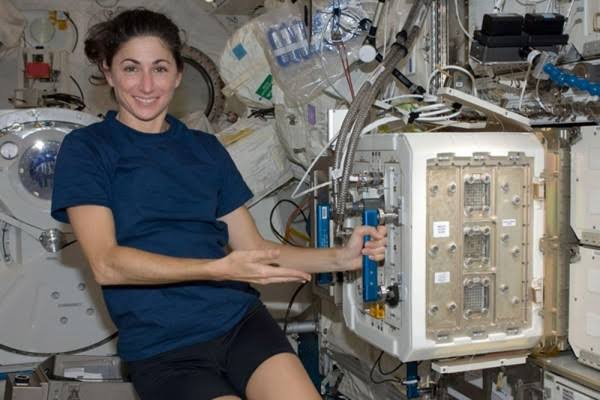How in a vacuum can humans carry out various daily activities like on earth? Surely there are technologies that help astronauts to carry out their routine activities as humans, including how astronauts defecate?
- Inspirational urge to defecate. How do astronauts defecate in space? On May 5, 1961, an astronaut named Alan Shepard had to go through the most uncomfortable interplanetary journey in the universe. He had to sit for hours because of the delay. Between boredom and waiting, he suddenly felt the urge to urinate. Unfortunately, at that time NASA did not think about technology that could accommodate the natural human need for defecation. Indeed, at that time Shepard’s journey was predicted to be only 15 minutes in space. Unexpectedly, the Freedom 7’s spacecraft had to be delayed for hours. Likewise with Shepard who finally got his call of nature. The lack of choice made Shepard immediately think quickly. He also decided to fulfill his desire in a spacesuit. Previously, he had turned off all connected electronic devices in his spacesuit in hopes that splashing urine would not damage the electronic devices, which could endanger his life. Turns out, this method worked!
- Super-sophisticated diapers for astronauts After what happened to Shepard, NASA finally created a system for excreting urine and feces for astronauts. This technology is in the form of sophisticated diapers that astronauts wear under their spandex pants. The shape? Well, really like diapers for adults.
- How do these advanced diapers work? These diapers are capable of holding large amounts of fluid. Here’s how it works: Urine and feces are sucked into a plastic funnel shaped like a cylinder and ‘stored’ in a special container. Outside, the urine will sublimate into gas. Meanwhile, the feces will be sucked directly into a bowl-like object. However, astronauts must be heartened by their solid waste for hours or days, because this ‘human-made waste’ cannot be thrown away immediately but waits to land first on earth to dispose of it. Along with advances in science and technological innovation, the new system developed urine that was channeled into large tanks, where the urine would be boiled and the steam collected. Water vapor is mixed with water from condensing air, then filtered and…. drinkable! This is done so that human exile does not pollute the universe for thousands of years to come.
- Practice defecation To defecate in space, astronauts need to train themselves with toilet training first. Astronauts must remember the position they do during exercise because the feces that come out don’t go straight into the canal, but are still exposed to zero gravity. To secure the seat, the toilet is provided with a clamp for the astronaut’s thigh, so that the astronaut’s body will not float when defecating. This is quite difficult to do and if the toilet becomes damaged due to this, NASA provides a bag for defecation. The tank from the toilet itself will be drained when the plane lands on Earth again.
- Astronaut Waste Treatment In a different video from 2019, NASA astronaut Andrew Morgan explains the sewage treatment system on the ISS. In the video posted on Facebook, he mentions that the urine on the ISS will be recycled for drinking. “Yesterday’s coffee becomes today’s coffee!” wrote NASA JSC Education in the caption that accompanies the video. Well, for feces, the fate is somewhat different. Some of the astronaut droppings will be brought back to Earth for scientists to study. However, generally defecation waste will be burned. Of course, burning feces is not done on the space station because it can pose a danger. The excrement of the astronauts will be collected first in an airtight container. The airtight containers will then be loaded onto cargo ships that carry supplies to the space station. This ship was then launched to Earth before finally burning up in the atmosphere.
So if you’ve ever seen a shooting star, it’s probably a meteorite burning up in Earth’s atmosphere–or maybe a container filled with astronaut excrement from outer space.
The need for digital IT is needed in daily activities, Bead IT Consultant is the right choice as your partner, visit our website by clicking this link: www.beadgroup.com

